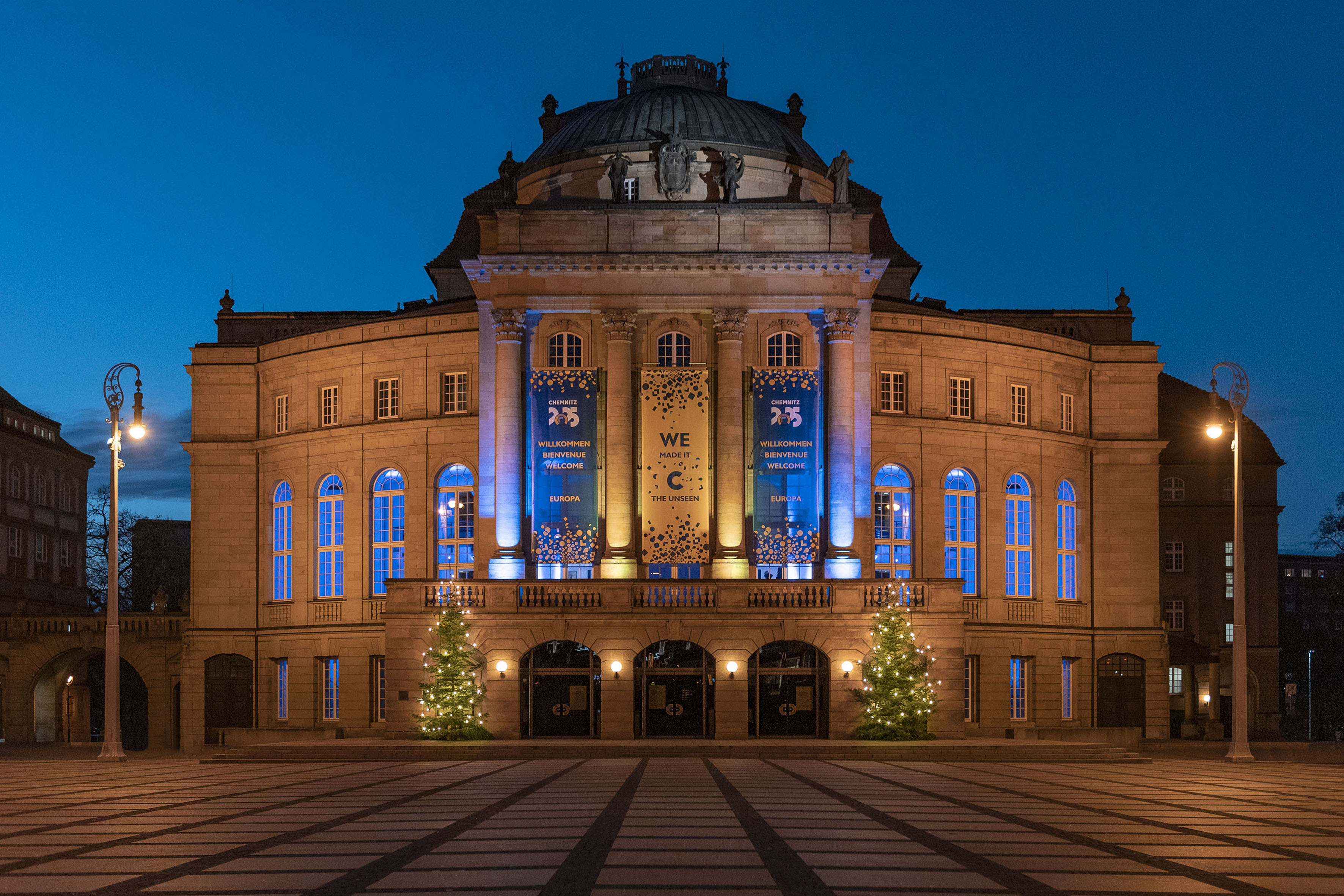
In 2025, Chemnitz will step into the global spotlight as the European Capital of Culture. Once an industrial giant and symbol of the Cold War era, this East Germany city has transformed into a cultural hub. For U.S. travelers looking for an authentic, lesser-known European destination, Chemnitz offers a captivating mix of history, art, architecture, and scenic beauty. Here’s why Chemnitz deserves a spot on your travel itinerary in 2025.
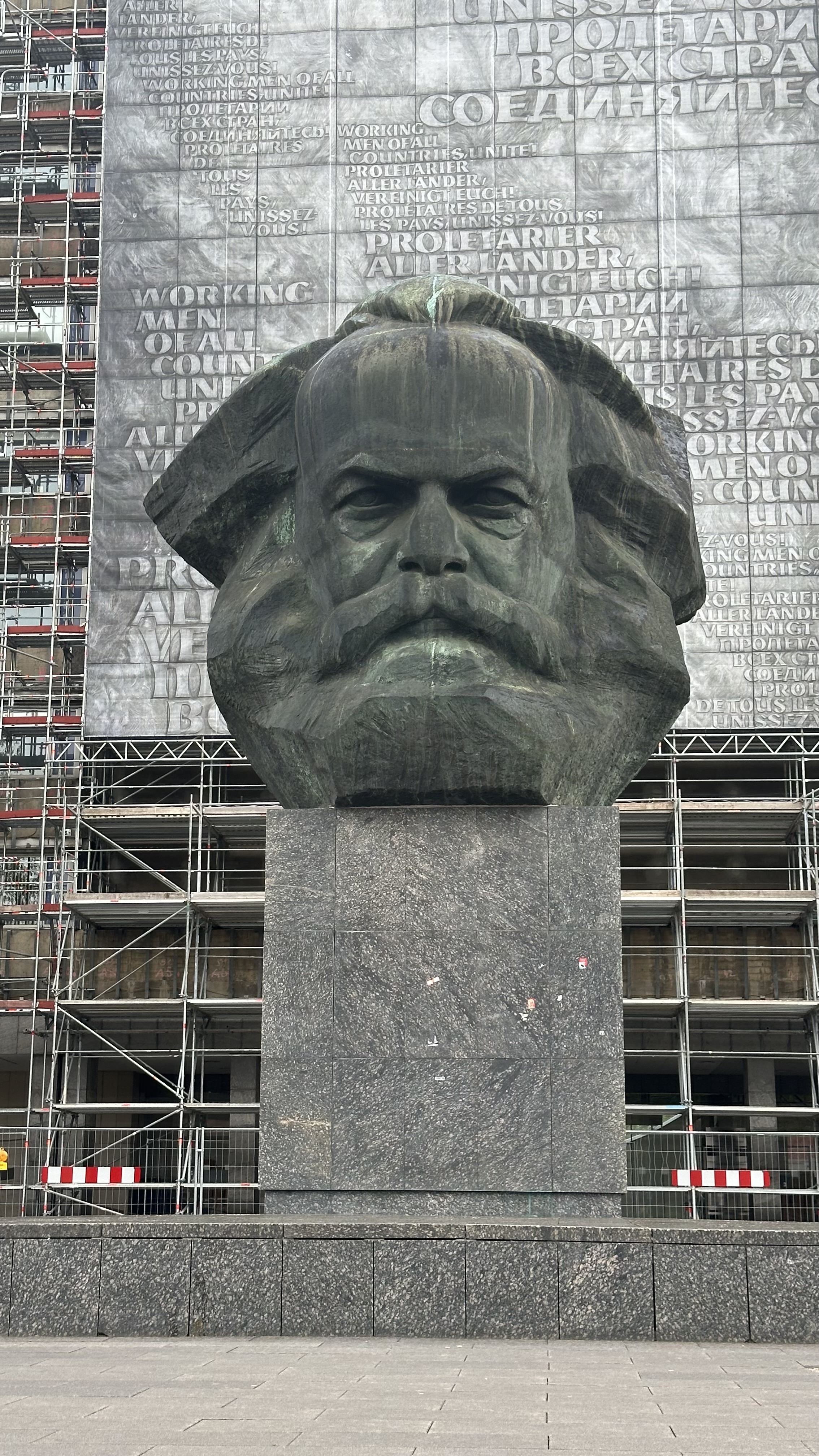
Rich Historical Tapestry
Chemnitz’s history is woven into the fabric of Germany’s industrial growth and political transformation. Established in 1143, Chemnitz became a powerhouse during the 19th Century, earning the title “Saxon Manchester” for its thriving textile industry. At the Sächsisches Industriemuseum (Saxon Industrial Museum), visitors can dive deep into this legacy, learning about Chemnitz’s rise as an manufacturing center while viewing a vast collection of historic artifacts including automobiles, locomotives, robotics, and more.
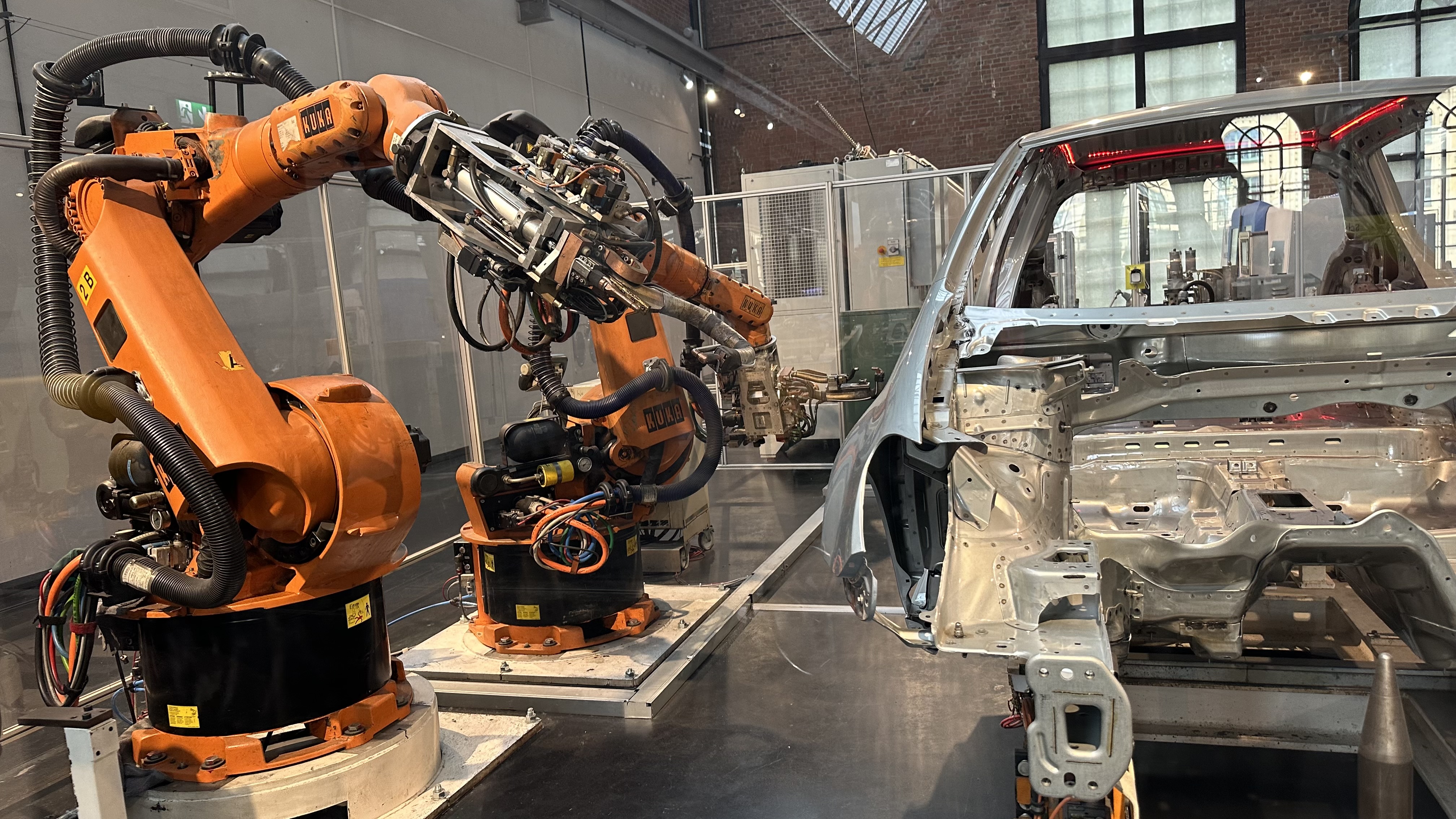
The city also reflects key tensions of the 20th Century. Known as “Karl-Marx-Stadt” during the Soviet-occupied German Democratic Republic period, the imposing Karl Marx Monument by Lev Kerbel remains a reminder of that era. Standing 42 feet tall, it’s one of the city’s most photographed landmarks, symbolizing its complex past. Today, Chemnitz is a city of renewal, using its history as a foundation for cultural growth.
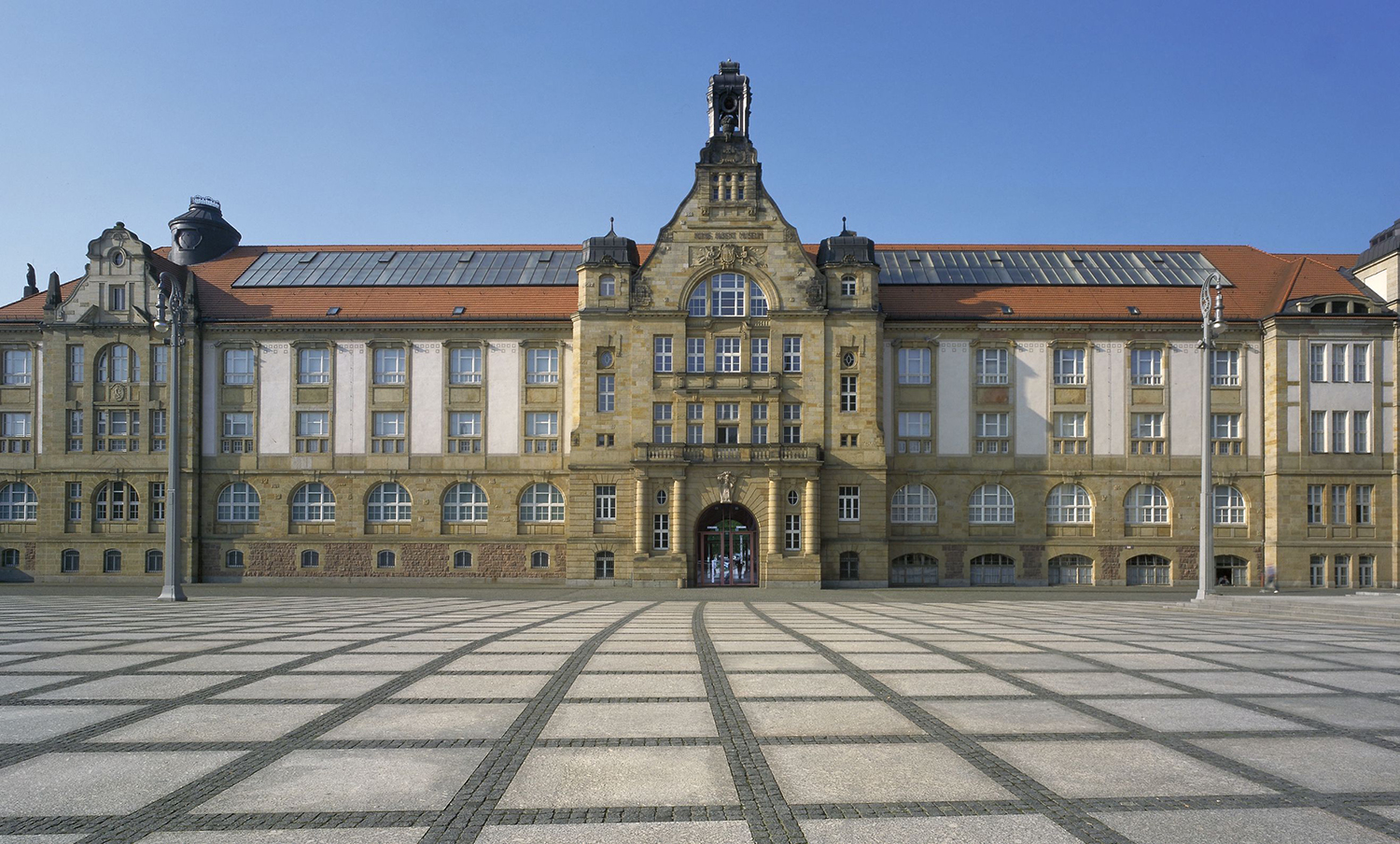
World-Class Museums and Art
As the 2025 European Capital of Culture, Chemnitz’s museum scene will be a major draw for visitors in 2025. The Kunstsammlungen Chemnitz (Chemnitz Art Collections) is home to a broad range of works from modern and classical periods, including pieces by renowned artists like Otto Dix and Karl Schmidt-Rottluff, one of the city’s famous Expressionist sons. The museum’s collection spans centuries, offering insights into European art movements from the Renaissance to contemporary.
For those interested in modern art, the Museum Gunzenhauser is a must-see. With a strong focus on 20th Century German art, the museum houses over 2,400 pieces, including one of the largest collections of works by Dix and other key figures of Expressionism and New Objectivity.
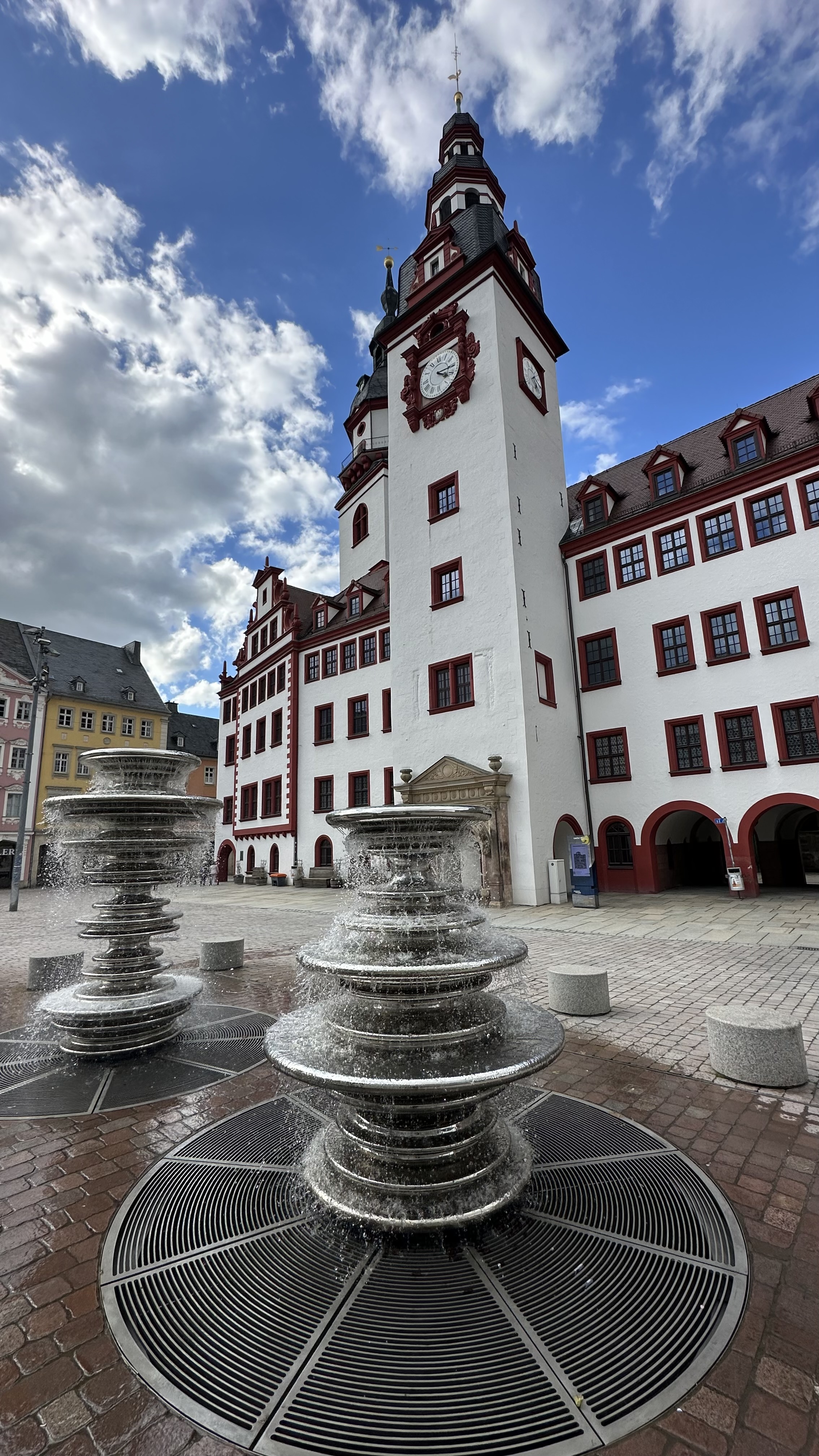
Castles and Architectural Beauty
Chemnitz and its surroundings are dotted with stunning castles and other architectural gems. Just outside the city lies Wasserschloss Klaffenbach, a Renaissance-era moated castle surrounded by lush greenery. Today, it serves as a venue for art exhibitions, concerts, and cultural events, making it a charming destination for a day trip.
Back in the city, architectural enthusiasts can explore the Villa Esche, a masterpiece designed by Belgian architect Henry van de Velde. This striking example of Art Nouveau design is now a museum showcasing early-20th Century furniture, textiles, and ceramics, providing a glimpse into the innovative design trends of the period.
Chemnitz’s Cultural Renaissance
Chemnitz has undergone a remarkable cultural transformation, reflected in its vibrant arts scene. The European Capital of Culture title ensures that 2025 will be filled with exciting events, festivals, and exhibitions. The Opernhaus Chemnitz (Chemnitz Opera House) is another of the city’s cultural gems, offering high-quality performances of opera, ballet, and theater. For music lovers, the Stadthalle Chemnitz hosts everything from classical concerts to contemporary music performances, catering to diverse tastes.
Chemnitz is also home to a creative street art scene and galleries. The city’s art district, Brühl, is filled with artist studios, murals, and independent galleries that contribute to Chemnitz’s status as an emerging art capital.
Culinary Experiences
Saxon cuisine is hearty and comforting, and Chemnitz offers plenty of opportunities to indulge in local specialties. Popular restaurants like Max Louis and Miramar serve traditional dishes such as sauerbraten (marinated pot roast) and quarkkäulchen (curd cheese pancakes), offering authentic tastes of the region.
For a contemporary twist, Schalom offers a creative fusion of Jewish and Mediterranean dishes. Chemnitz’s food scene blends the old with the new, reflecting the city’s cultural revival.
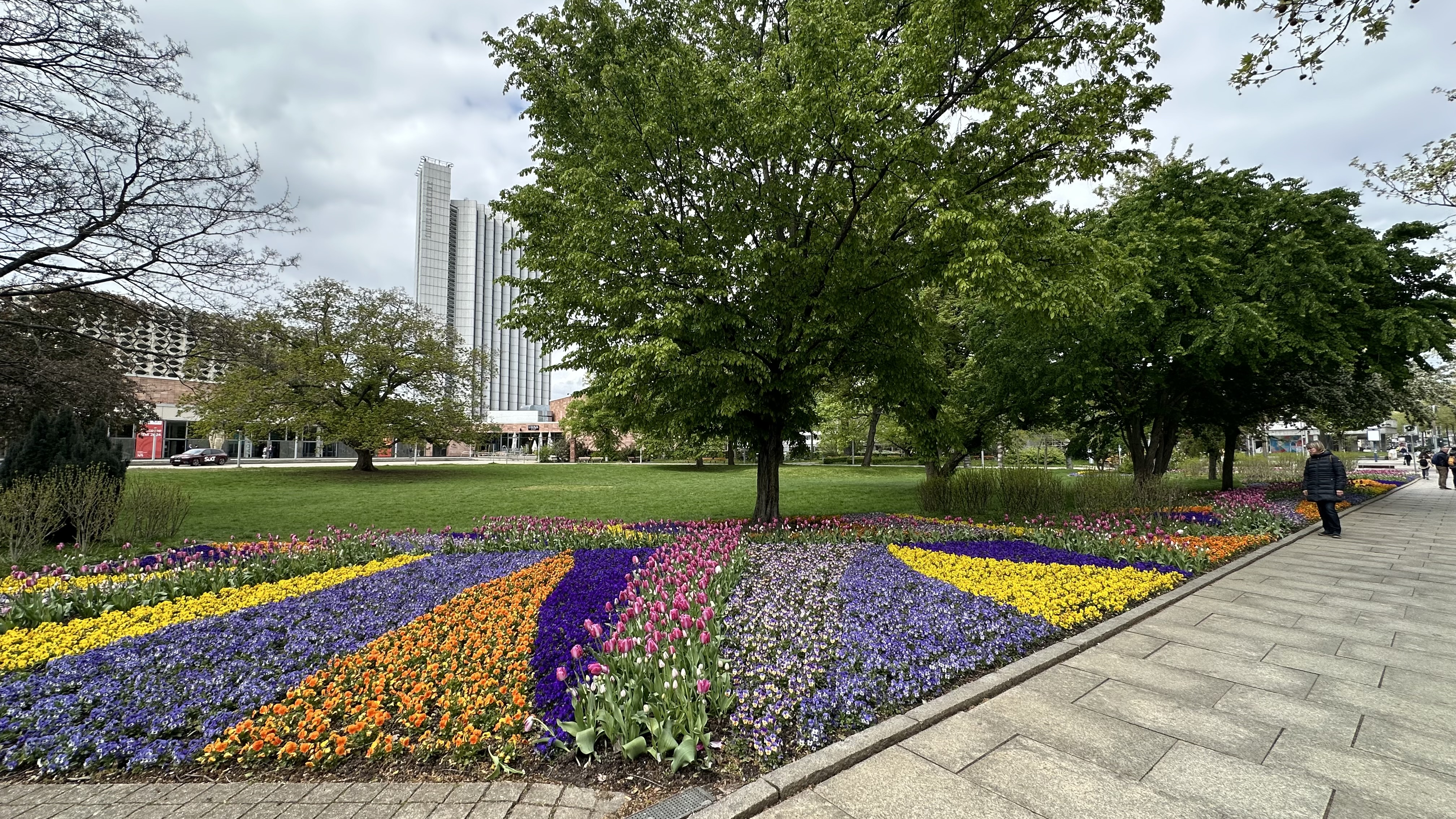
Outdoor Adventures and Surrounding Attractions
Beyond its urban attractions, Chemnitz is a gateway to the natural beauty of Saxony. The nearby Erzgebirge (Ore Mountains) are a UNESCO World Heritage Site, famous for their rich mining history and traditional crafts. In winter, the region transforms into a snowy playground for skiing and snowboarding. During the warmer months, visitors can enjoy hiking, cycling, and exploring the charming villages known for their wooden toys and Christmas decorations.
For a historical excursion, Augustusburg Castle is just a short drive from Chemnitz. This Renaissance masterpiece, perched high above the countryside, offers stunning views and houses a museum dedicated to vintage motorcycles, hunting artifacts, and regional history.
Architecture and Modern Design
Chemnitz is a city of contrasts, with a blend of architectural styles that reflect its varied history. After WWII, much of the city was rebuilt, leading to an intriguing mix of Bauhaus, Art Nouveau, and modernist structures. The city center features striking examples of post-war design, including the Galerie Roter Turm and the newly-developed Forum Chemnitz shopping center.
This blend of historical and modern architecture creates a visually dynamic city, perfect for travelers who appreciate design and urban development.
Chemnitz’s selection as the European Capital of Culture in 2025 solidifies its status as a rising destination for U.S. travelers. With its deep historical roots, world-class museums, architectural treasures, and access to Saxony’s natural wonders, Chemnitz offers an enriching, off-the-beaten-path experience. Whether you’re drawn to its industrial history, burgeoning arts scene, or nearby castles and mountains, Chemnitz promises to be an unforgettable European destination in 2025.




